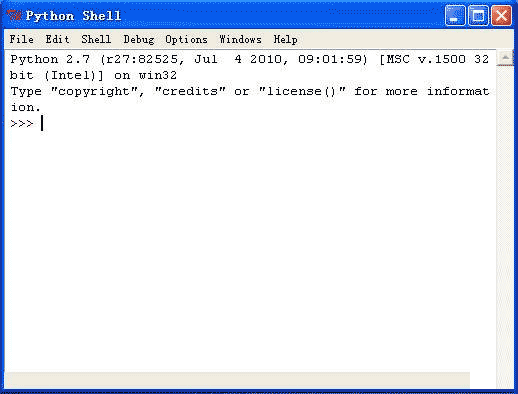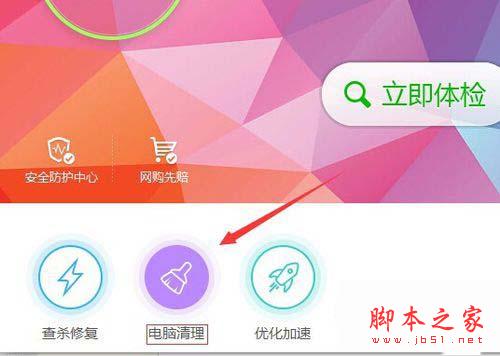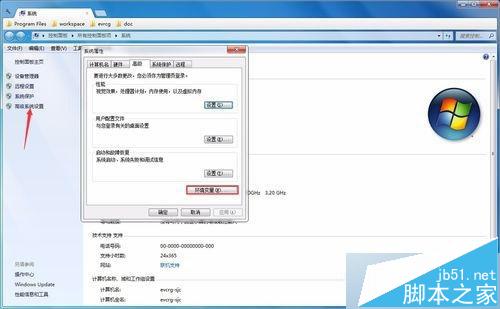使用python连接mysql数据库之pymysql模块的使用
安装pymysql
pip install pymysql
2|0使用pymysql
2|1使用数据查询语句
查询一条数据fetchone()
from pymysql import *
conn = connect(
host='127.0.0.1',
port=3306, user='root',
password='123456',
database='itcast',
charset='utf8')
# 创建游标
c = conn.cursor()
# 执行sql语句
c.execute("select * from student")
# 查询一行数据
result = c.fetchone()
print(result)
# 关闭游标
c.close()
# 关闭数据库连接
conn.close()
"""
(1, '张三', 18, b'\x01')
"""
查询多条数据fetchall()
from pymysql import *
conn = connect(
host='127.0.0.1',
port=3306, user='root',
password='123456',
database='itcast',
charset='utf8')
# 创建游标
c = conn.cursor()
# 执行sql语句
c.execute("select * from student")
# 查询多行数据
result = c.fetchall()
for item in result:
print(item)
# 关闭游标
c.close()
# 关闭数据库连接
conn.close()
"""
(1, '张三', 18, b'\x01')
(2, '李四', 19, b'\x00')
(3, '王五', 20, b'\x01')
"""
更改游标的默认设置,返回值为字典
from pymysql import *
conn = connect(
host='127.0.0.1',
port=3306, user='root',
password='123456',
database='itcast',
charset='utf8')
# 创建游标,操作设置为字典类型
c = conn.cursor(cursors.DictCursor)
# 执行sql语句
c.execute("select * from student")
# 查询多行数据
result = c.fetchall()
for item in result:
print(item)
# 关闭游标
c.close()
# 关闭数据库连接
conn.close()
"""
{'id': 1, 'name': '张三', 'age': 18, 'sex': b'\x01'}
{'id': 2, 'name': '李四', 'age': 19, 'sex': b'\x00'}
{'id': 3, 'name': '王五', 'age': 20, 'sex': b'\x01'}
"""
返回一条数据时也是一样的。返回字典或者时元组看个人需要。
2|2使用数据操作语句
执行增加、删除、更新语句的操作其实是一样的。只写一个作为示范。
from pymysql import *
conn = connect(
host='127.0.0.1',
port=3306, user='root',
password='123456',
database='itcast',
charset='utf8')
# 创建游标
c = conn.cursor()
# 执行sql语句
c.execute("insert into student(name,age,sex) values (%s,%s,%s)",("小二",28,1))
# 提交事务
conn.commit()
# 关闭游标
c.close()
# 关闭数据库连接
conn.close()
和查询语句不同的是必须使用commit()提交事务,否则操作就是无效的。
3|0编写数据库连接类
普通版
MysqlHelper.py
from pymysql import connect,cursors
class MysqlHelper:
def __init__(self,
host="127.0.0.1",
user="root",
password="123456",
database="itcast",
charset='utf8',
port=3306):
self.host = host
self.port = port
self.user = user
self.password = password
self.database = database
self.charset = charset
self._conn = None
self._cursor = None
def _open(self):
# print("连接已打开")
self._conn = connect(host=self.host,
port=self.port,
user=self.user,
password=self.password,
database=self.database,
charset=self.charset)
self._cursor = self._conn.cursor(cursors.DictCursor)
def _close(self):
# print("连接已关闭")
self._cursor.close()
self._conn.close()
def one(self, sql, params=None):
result: tuple = None
try:
self._open()
self._cursor.execute(sql, params)
result = self._cursor.fetchone()
except Exception as e:
print(e)
finally:
self._close()
return result
def all(self, sql, params=None):
result: tuple = None
try:
self._open()
self._cursor.execute(sql, params)
result = self._cursor.fetchall()
except Exception as e:
print(e)
finally:
self._close()
return result
def exe(self, sql, params=None):
try:
self._open()
self._cursor.execute(sql, params)
self._conn.commit()
except Exception as e:
print(e)
finally:
self._close()
该类封装了fetchone、fetchall、execute,省去了数据库连接的打开和关闭和游标的打开和关闭。
下面的代码是调用该类的小示例:
from MysqlHelper import *
mysqlhelper = MysqlHelper()
ret = mysqlhelper.all("select * from student")
for item in ret:
print(item)
"""
{'id': 1, 'name': '张三', 'age': 18, 'sex': b'\x01'}
{'id': 2, 'name': '李四', 'age': 19, 'sex': b'\x00'}
{'id': 3, 'name': '王五', 'age': 20, 'sex': b'\x01'}
{'id': 5, 'name': '小二', 'age': 28, 'sex': b'\x01'}
{'id': 6, 'name': '娃哈哈', 'age': 28, 'sex': b'\x01'}
{'id': 7, 'name': '娃哈哈', 'age': 28, 'sex': b'\x01'}
"""
上下文管理器版
mysql_with.py
from pymysql import connect, cursors
class DB:
def __init__(self,
host='localhost',
port=3306,
db='itcast',
user='root',
passwd='123456',
charset='utf8'):
# 建立连接
self.conn = connect(
host=host,
port=port,
db=db,
user=user,
passwd=passwd,
charset=charset)
# 创建游标,操作设置为字典类型
self.cur = self.conn.cursor(cursor=cursors.DictCursor)
def __enter__(self):
# 返回游标
return self.cur
def __exit__(self, exc_type, exc_val, exc_tb):
# 提交数据库并执行
self.conn.commit()
# 关闭游标
self.cur.close()
# 关闭数据库连接
self.conn.close()
如何使用:
from mysql_with import DB
with DB() as db:
db.execute("select * from student")
ret = db.fetchone()
print(ret)
"""
{'id': 1, 'name': '张三', 'age': 18, 'sex': b'\x01'}
"""
总结
以上所述是小编给大家介绍的使用python连接mysql数据库之pymysql模块的使用,希望对大家有所帮助,如果大家有任何疑问欢迎给我留言,小编会及时回复大家的!
版权声明
本文仅代表作者观点,不代表本站立场。
本文系作者授权发表,未经许可,不得转载。
本文地址:/shujuku/MySQL/102944.html










